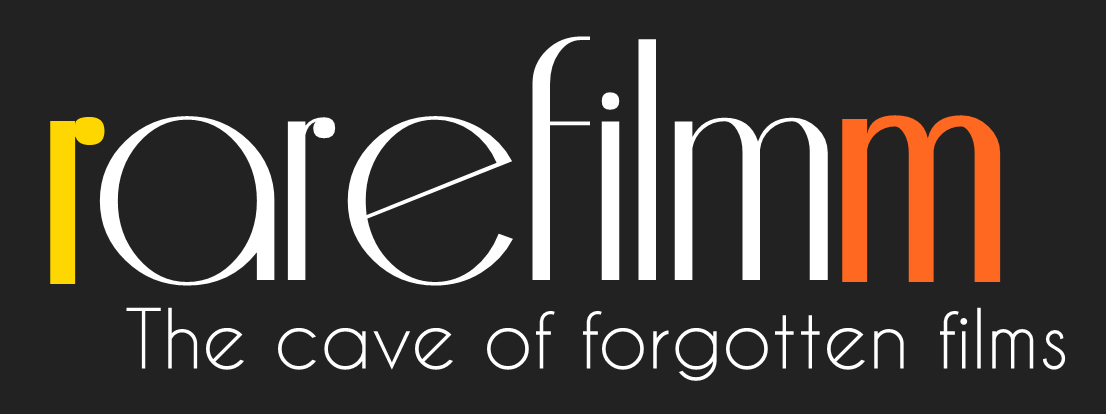“Puppeteers are the nightmares of markets and stalls. They don’t ask for two kilos of beans, rather they select from 200 kg according to colour and size,” wrote the director in revealing some back-stage secrets to the filmmaking in October 1975. This brilliantly executed animation played with individual beans documents the world of this planet’s residents from the point of view of an extra-terrestrial being, who is witness to the brutal suppression of a workers’ strike by the police. The film is another stop motion object animation hallmarked by Ottó Foky and based on screenplays by József Nepp. The film was shortlisted for an Academy Award for Best Animated Short Film in 1978.
Category: Short
Mother Mouse is singing to her baby. The can’t get him to sleep. A succession of other animals comes to try to help, and they all get increasingly frustrated until eventually they ask the cat. The cat seems helpful but may have other plans for the little mouse…
A groom-to-be wakes up in the morning of his wedding to strange visions triggered by his impatience… Though the nuptial feast is in full flow, the groom is still daydreaming. On the wedding night, the bride ups and melts away before his eyes exhaling air as a deflated balloon…
Mickey Rourke stars in his first film role as a young waiter in the Hamptons, who finds love with a cocktail waitress as she struggles to support her child and confront her troubling home life.
Man’s inner-self lives in a state of perpetual fear as a defense mechanism against the scary things in life. However, fear is subjective and that defense mechanism may be obscuring that which should not be feared. Thus, a scientist develops a pair of spectacles that changes the wearer’s perspective and allows them to overcome their worst fears.
Demontage IX shows a body dangling between two metal walls. A human being as a clapper? The viewer’s anxiety increases with the length of the scene. A film about violence without moralizing. Romuald Karmakar sets the scene – the audience has to think about the images further.
Two cosmonauts arrive on a barren world and begin a clean-up operation. In the course of their duties, they revive the planet’s civilisation and discover the real reason for its devastation- thermonuclear war. Produced after the peak of tensions in the late Cold War, this animated short from Armenfilm reflects a muted optimism that humanity might- just- avoid total destruction. It also demonstrates the strength of animation under the Soviet system, where even the smaller state studios were capable of inventive but technically polished work.
Extended Play chronicles the misadventures of a teenage youth out for a summer afternoon of leisure fun, in a large suburban shopping mall. Failing numerous attempts to make points with the fairer sex, the young man directs his attention to the nearby amusement arcade where vicarious, but more accessible, thrills abound. Electric sounds of mock battles intermingled with laughter emanate from the mysterious depths. Like a moth attracted to a candle flame, our hero is irresistably drawn inside… and there, the adventure begins.

 For any questions or requests you can always find me at rarefilmm@gmail.com. Stay tuned for those new movies! Thank you once again for all the love and support and thanks a lot to everyone who keeps spreading the word about the site, the rarefilmm community is truly amazing, I'm very grateful for all your love and support
For any questions or requests you can always find me at rarefilmm@gmail.com. Stay tuned for those new movies! Thank you once again for all the love and support and thanks a lot to everyone who keeps spreading the word about the site, the rarefilmm community is truly amazing, I'm very grateful for all your love and support 
